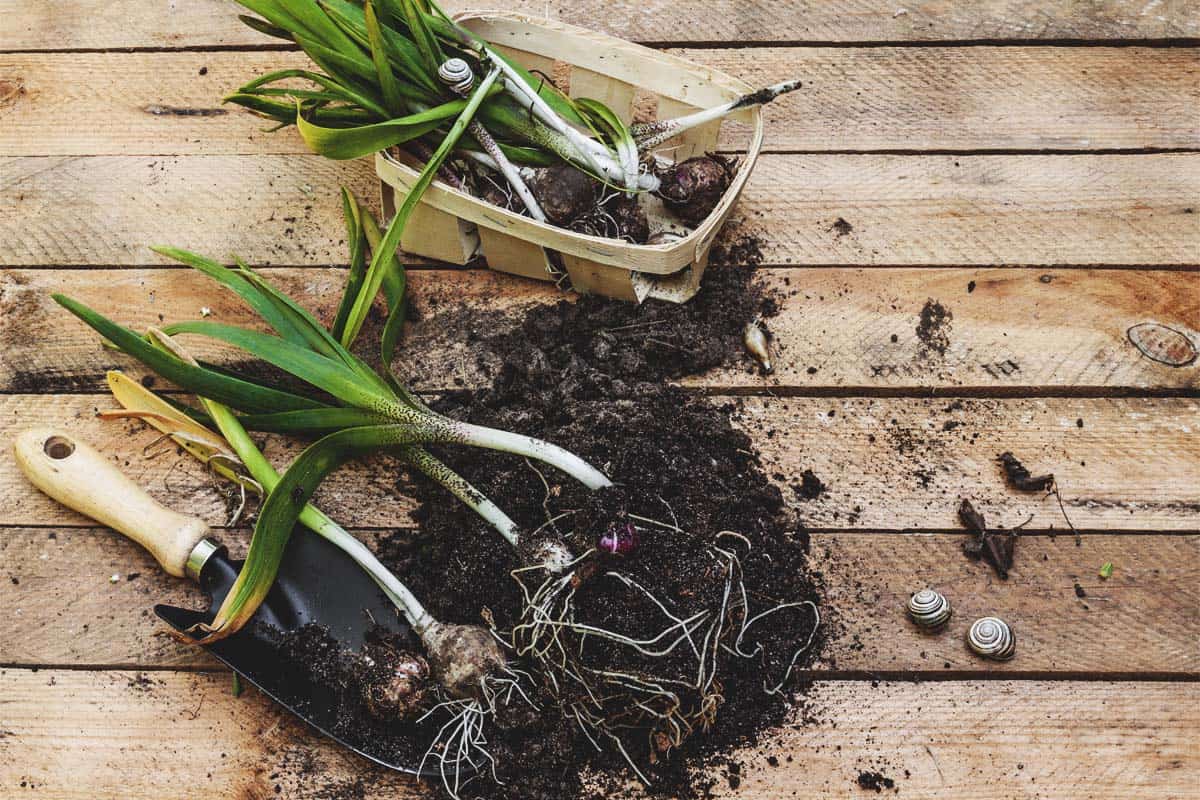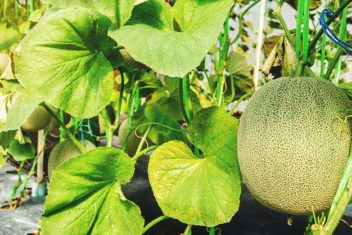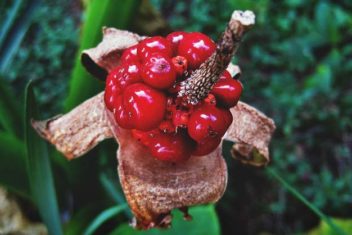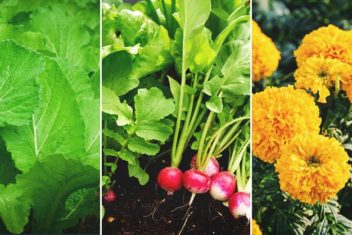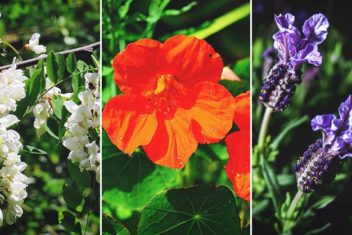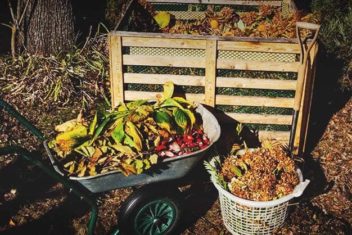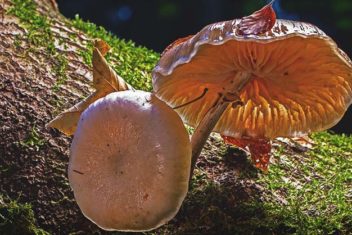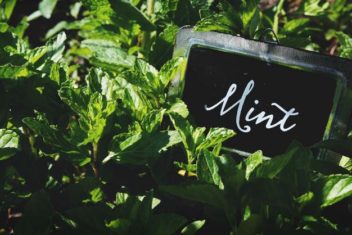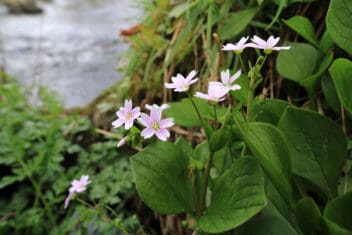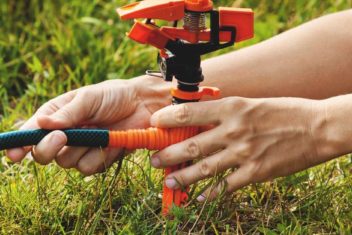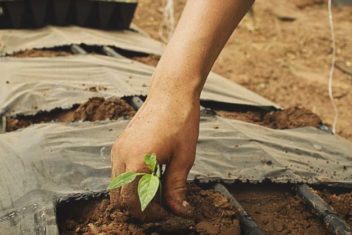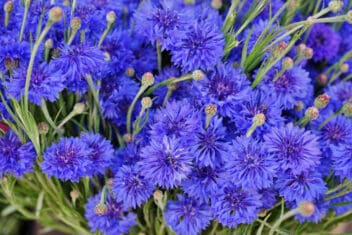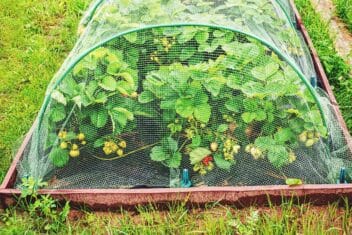As your perennial plants get larger, it’s a good idea to consider dividing them. Not only does this make it so that you can plant more elsewhere or share with friends and family, but it’s also necessary to keep certain plants healthy.
Plant division involves digging up the plants and separating them into smaller sections. While it might sound stressful for the plants, dividing is an easy task for gardeners, and it benefits plants in the long run.
Here is what you need to know about dividing plants in your garden.
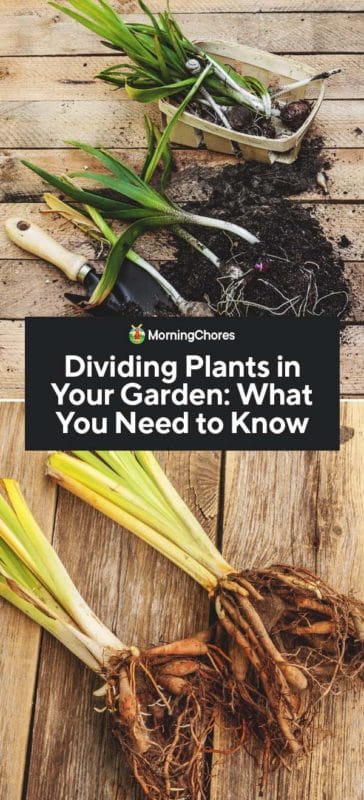
Why Should You Divide Plants?
It might not seem like a necessary task for gardeners, but there are good reasons why you need to divide your plants. Here are a few of them:
1. Stimulate New Growth
If your plants grow too large, they start to compete with each other for water and nutrients. Additionally, large plants have restricted airflow, which can lead to diseases that can kill your plants.
When you divide plants, it decreases any competition while stimulating new growth. That encourages more vigorous blooming, and your plants will experience a burst of growth.
For instance, if you have an older rhubarb plant that seems to be slowing down, dividing it means you’ll not only have two plants instead of one, but each plant will grow better and have a bigger harvest.
2. Control the Size of the Plant
Some plants can get out of control quickly, and you don’t want one plant taking over an entire garden bed. Dividing plants keep the growth rate in check.
3. Cheaply Add More Plants to Your Garden
When you divide them, it’s an easy and inexpensive way to add more plants to other garden beds. If you build a new bed and want to add a few plants, take a few divisions from other plants and you’ll have a full bed in no time.
What Plants Can You Divide?
Not all plants can or should be divided. Dividing plants involves splitting or dividing the crown and rootball, so it is limited to plants that spread out from their central crown. These plants tend to have a clumping growth habit.
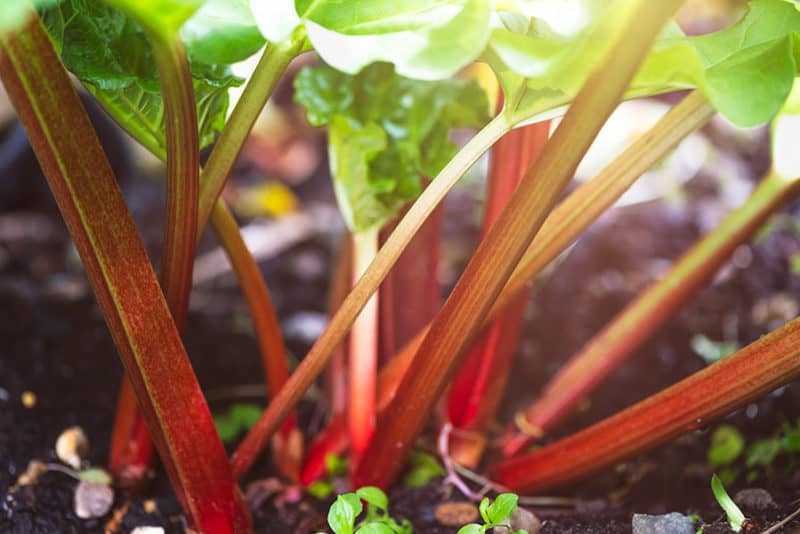
That means there are dozens and hundreds of eligible plants that are suitable for the division. Here are just a few!
- Yarrow
- Bugleweed
- Golden Marguerite
- Artemesia
- Aster
- Blackberry Lily
- Daylillies
- Siberian Bugloss
- Tickseed
- Geraniums
- Hostas
- Tall Bearded Iris
- Shasta Daisy
- Bee Balm
- Catnip
- Creeping Phlox
- Black-Eyed Susan
- Painted Daisy
- Creeping Thyme
- Spiderwort
- Rhubarb
- Asparagus
- Horseradish
- Ginger
When Is The Best Time for Dividing Plants
Each plant has an ideal season for division, so you should do your research to find the best time for your particular species. The type of plant and the climate in which you live also determines when to divide a plant.
Most plants are divided in either the early spring or fall, but some plants can be divided at any time in the year.
The general rule is that spring and summer flowering plants need to be divided in the fall, and everything else should be divided in the spring. That’s not always the case, but it’s a rule of thumb to remember.
Divide Fall Blooming in the Spring
- Since new growth is emerging, you can easily see what you’re doing and get enough shoots in each division.
- The small leaves won’t be damaged as much.
- The energy stored in the roots will help with the recovery and transplanting process.
- Rain showers help to establish cuttings in their new location.
Divide Spring and Summer Blooming in the Fall
- Most gardeners aren’t as busy in the fall as they are in the spring.
- You can easily see what plants need to be divided after it grew all spring and summer.
- Fleshy roots, such as peonies or poppies, are easier to divide in the fall.
- Make sure that you transplant onto your garden 4-6 weeks before the first fall frost. The plant does need time to establish a strong root system before winter arrives.
How Often Should You Divide a Plant?
There is no hard-fast rule about how often you should divide plants, but most need to be divided every 3-5 years. If the plants become overcrowded sooner than that, you could divide the plants more often.
Some plants that are blanket flowers or asters need to be divided more frequently. These need to divide every 1-2 years. Other plants, such as butterfly weeds, rarely need to be divided.
How to Divide Plants
Ready to divide your first plant? Let’s get started. Follow these steps and you’ll be finished in no time.
1. Cut Back The Foliage
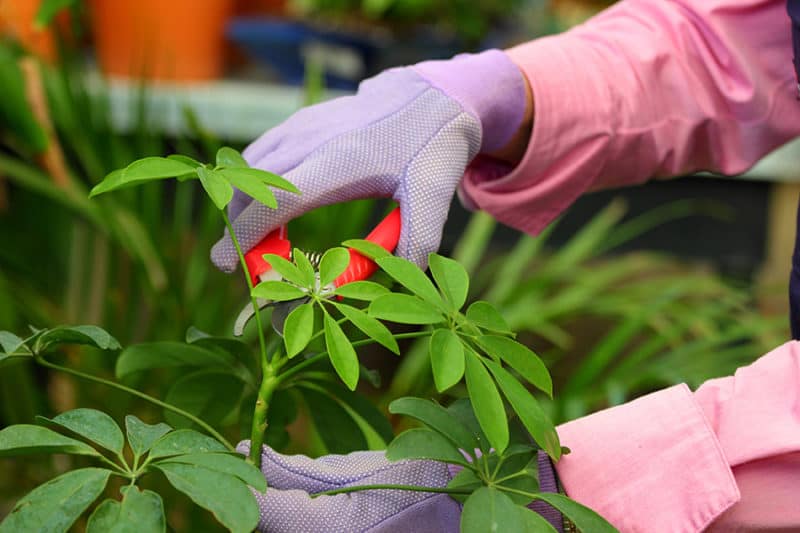
If the plant you’re dividing has a lot of top growth, you need to cut back the foliage. Reduce the leaves by one-third.
Doing this reduces the work that the roots need to do to maintain the foliage after transplanting and reduces the overall shock of division.
2. Dig Up The Plant
Now, dig up the plant that you’re going to divide. You can do this with a spade or a fork, but make sure you dig up the entire plant and as much of the root system as you can.
Use a shovel or a flat-edge spade to slice around the outer perimeter of the plant. Do this several inches away from the plant and its foliage. Make sure you cut down into the dirt several inches, typically 6-12 inches, depending on how well-rooted the plant is.
The goal is to keep as much of the root ball intact as possible.
3. Remove Excess Dirt
Once you’ve dug it up, gently lift the plant out of the ground. Remove some of the excess, loose dirt around the roots so that you can better see what you need to do when it comes to the next step.
4. Separate the Divisions
Here comes the hardest part, but I promise; it’s still easy. You need to separate the plant into smaller divisions. There are a few ways that you can do this.

- Use your hands to gently pull back or tease the roots apart. This method is less damaging, but it takes more time.
- Cut the divisions away with a sharp knife or spade.
- Put two pitchforks into the center of the clump of the plant with their backs facing each other. Then, pull the forks apart, which will separate the roots. If this works, you might hear some cracking.
No matter how you decide to separate your plants, each division that you take needs to have 3-5 vigorously growing shoots and a healthy supply of roots.
5. Keep The Divisions Properly
If you cannot plant the divisions right away or plan to give them to friends and family, they need to be stored in a shady location and kept moist until it’s time to plant them in the next location.
Divisions need to be stored at 50°F and 50% humidity until they go back into the ground. Try a bucket or a box in a cool, shaded location, such as your garage. Cover the divisions with newspapers to reduce moisture loss, and keep the newspaper damp.
6. Plant the Divisions Where You Want Them
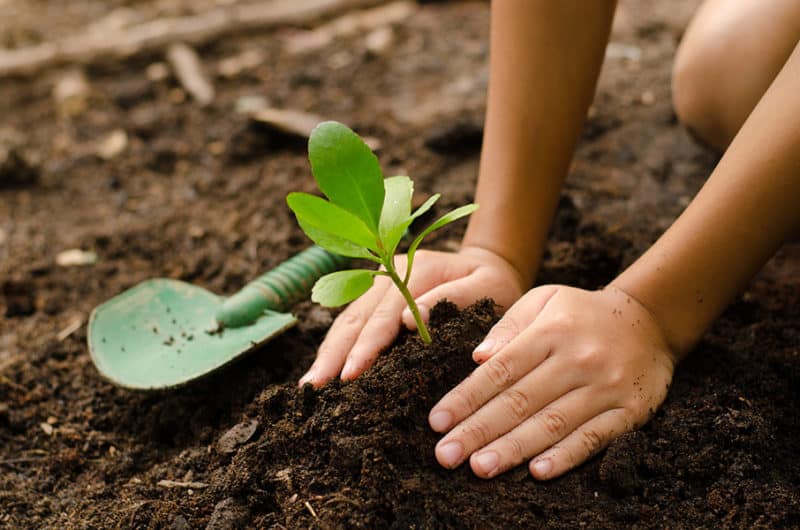
When you’re ready, take your divisions and plant them in the new location. Make sure you spread the roots out well in the hole that you dug. Water promptly and thoroughly when you transplant the division. Watering helps to establish the plan in the new location.
Tips for a Successful Plant Division
If you want your new and existing plants to succeed, there are a few things you should keep in mind.
1. Pick the Right Day
The best day to divide plants is on a cloudy, overcast day. If you divide plants on a hot, sunny day, that can cause the plants to dry out too fast.
Ideally, pick a day when you know that the forecast predicts several days of upcoming rain showers. Transplants need a lot of moisture to help establish themselves in the garden.
2. Water Beforehand
You should water the soil the day before you decide to divide plants. It makes working with the plant and transplanting the new ones a lot easier.
3. Don’t Leave Roots Out Long
The exposed root ball shouldn’t stay out any longer than necessary. The sun and wind dry out the roots quickly. Try to transplant into their new locations right away, and put the original parent plant back into the ground immediately.
4. Replenish Your Soil
If you remove a good deal of plants from the garden, you should replenish the bed with compost, fertilizer, and new dirt. The plants won’t have enough nutrients without fertile soil to assist in the process.
Now You’re an Expert
If plant division has seemed like a daunting task in the past, don’t worry, you’re armed with all the tools you need to get the job done. Now it’s time to go out there and get your hands dirty.
